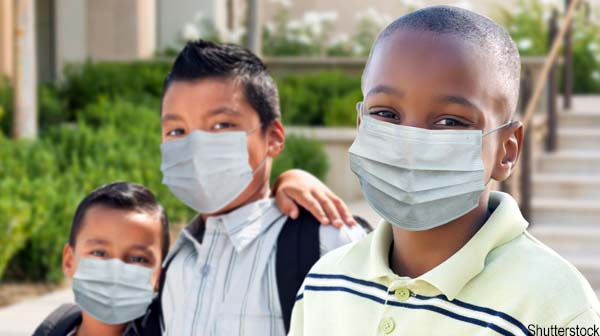
With thousands of articles published weekly on COVID-19, navigating the literature on this emerging infectious disease can be daunting. To help health care professionals and the general public keep up and to fight medical misinformation, a group of emergency physicians started the website Brief19.com, which publishes analysis of COVID-19 research and policy five days a week, all for free. Here are highlights from recent Briefs. (Note: ACEP Now’s medical Editor in Chief, Jeremy Samuel Faust, MD, MS, MA, FACEP, is also Editor in Chief of Brief19.)
Explore This Issue
ACEP Now: Vol 39 – No 09 – September 2020For the first few months of the COVID-19 pandemic, it was thought that children were not important vectors of transmission of the SARS-CoV-2 virus. Early data reported from the Centers for Disease Control and Prevention (CDC) in April found that children only accounted for 1.7 percent of positive tests in the United States.1 By the middle of August, we now know that children account for approximately 7.3 percent of all positive cases in the United States.2
ACE2 Gene and Viral RNA
Biological hypotheses have emerged to account for these trends in transmission as it varies by age group. A paper published in late May in the JAMA was among the first to show that levels of ACE2 gene expression of cells lining the airway of humans differ by age.3 ACE2 is one of the receptors that SARS-CoV-2 binds to enter cells of the upper and lower airways. In that study, ACE2 gene expression was lowest in younger children with levels of gene expression and it rose with increasing age. A few months later, research published in JAMA Pediatrics found quantitative differences of viral genetic material among different age groups.4 In young children (under age 5), older children (age 5–17), and adults who had mild or moderate COVID-19 illnesses, young children had between 10 and 100 times the amount of SARS-CoV-2 RNA in their upper airways as compared to older children and adults. However, those studies do not directly report on replication-competent virus, so it is not necessarily the case that contagiousness correlates with these figures.
This research suggests that children may have fewer receptors for SARS-CoV-2 to bind, but when a child does become infected, the amount of viral RNA in the upper airways appears to be significantly greater than in adults, which further suggests that children may, in fact, play a role as important vectors of transmission. However, these are still hypotheses that have yet to be demonstrated causally.
Severity and Disparities
What about asymptomatic infection in children? The epidemiology of COVID-19 among children suggests, at least in the United States, that the rate of asymptomatic carriers is relatively low. A robust study in JAMA Pediatrics revealed that asymptomatic children presenting for elective medical and surgical care had a pooled prevalence of 0.65 percent out of 33,041 children in tests conducted across 28 children’s hospitals.5 That said, the incidence of SARS-CoV-2 is not random and this may not be an accurate reflection of the entire country.
Pages: 1 2 3 | Single Page





No Responses to “New Research Broadens Our Understanding of COVID-19 in Kids”